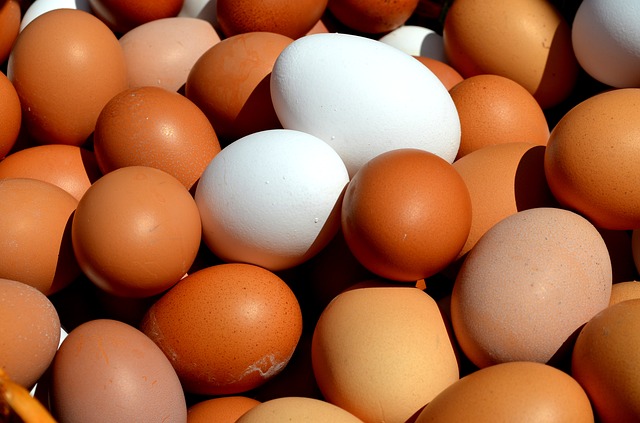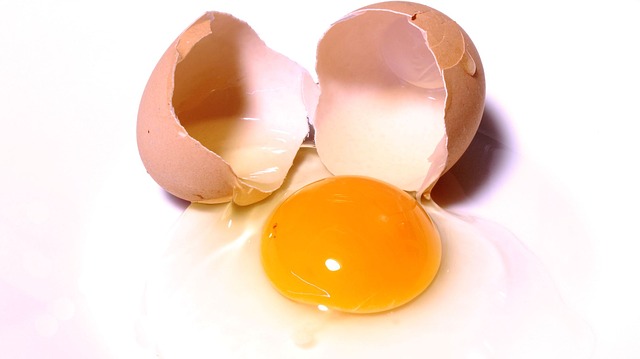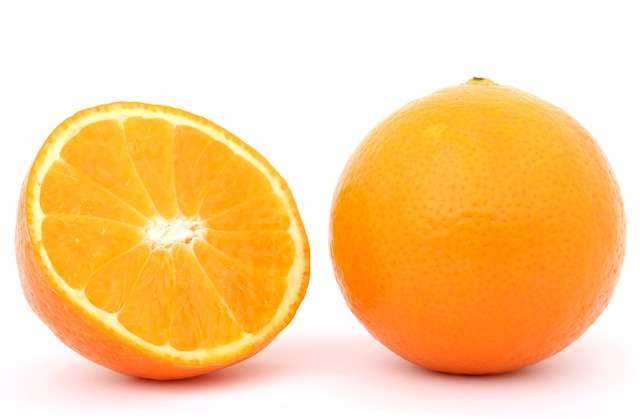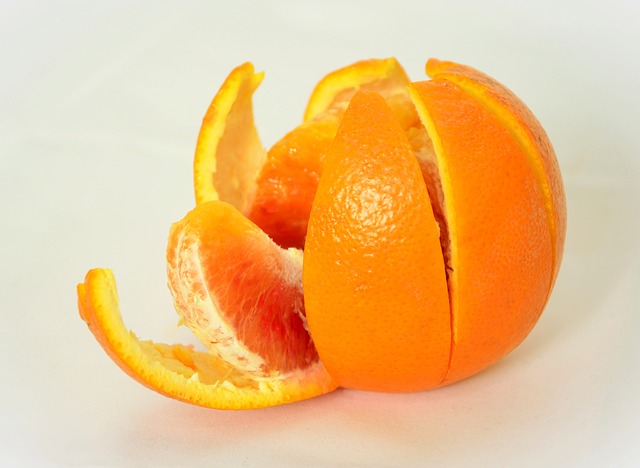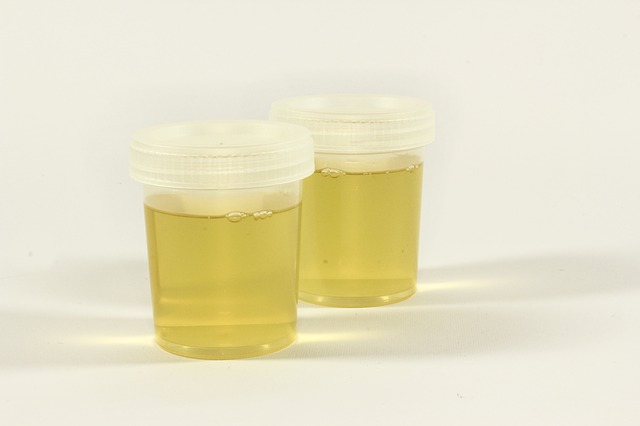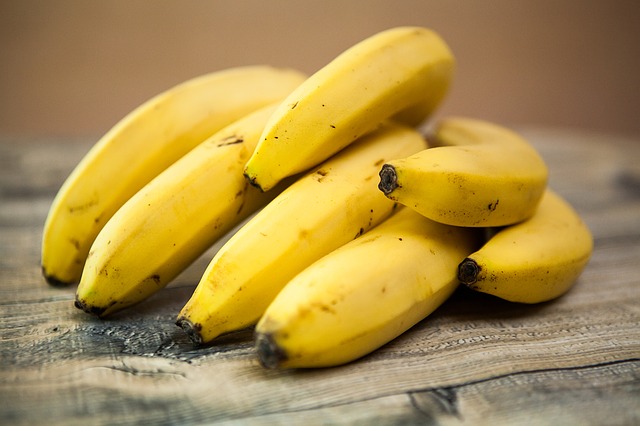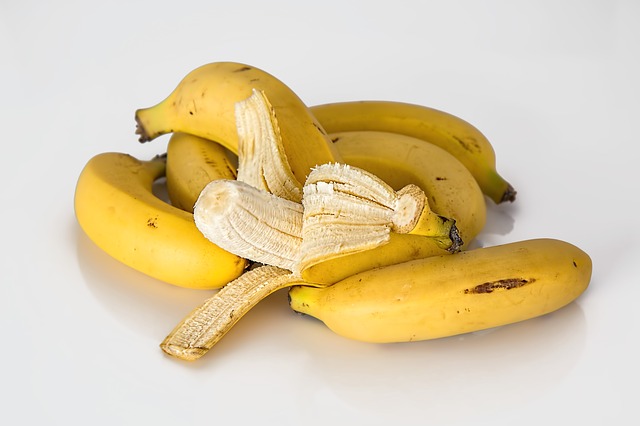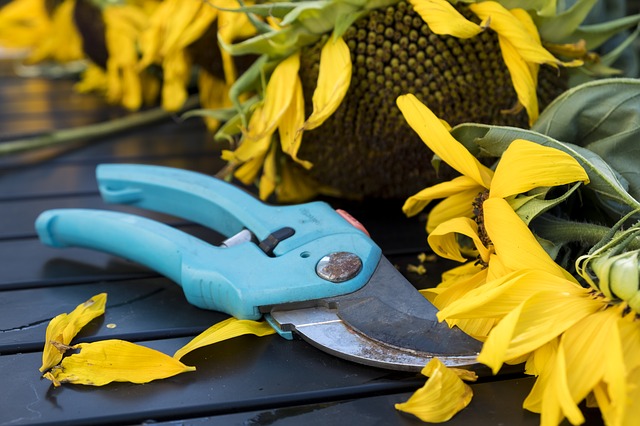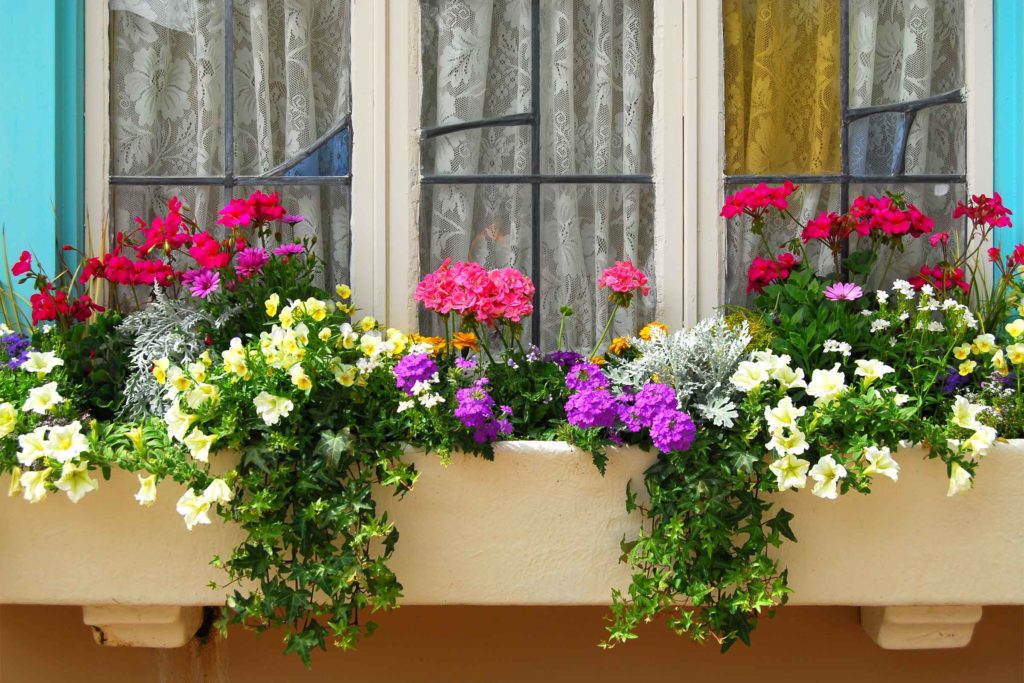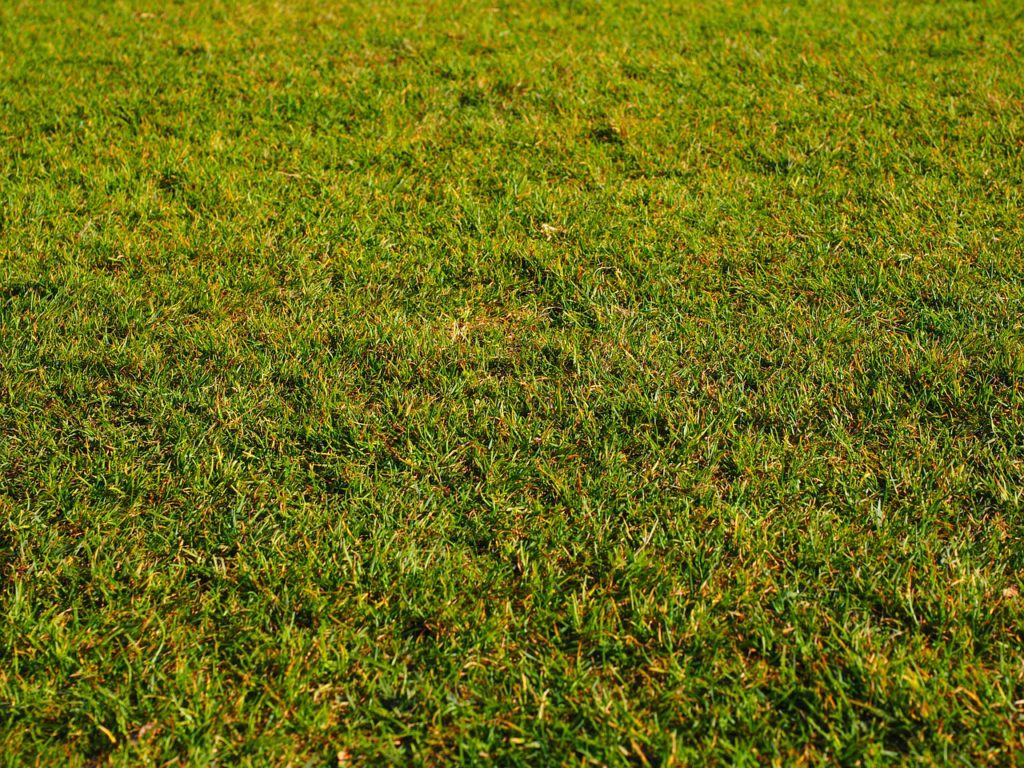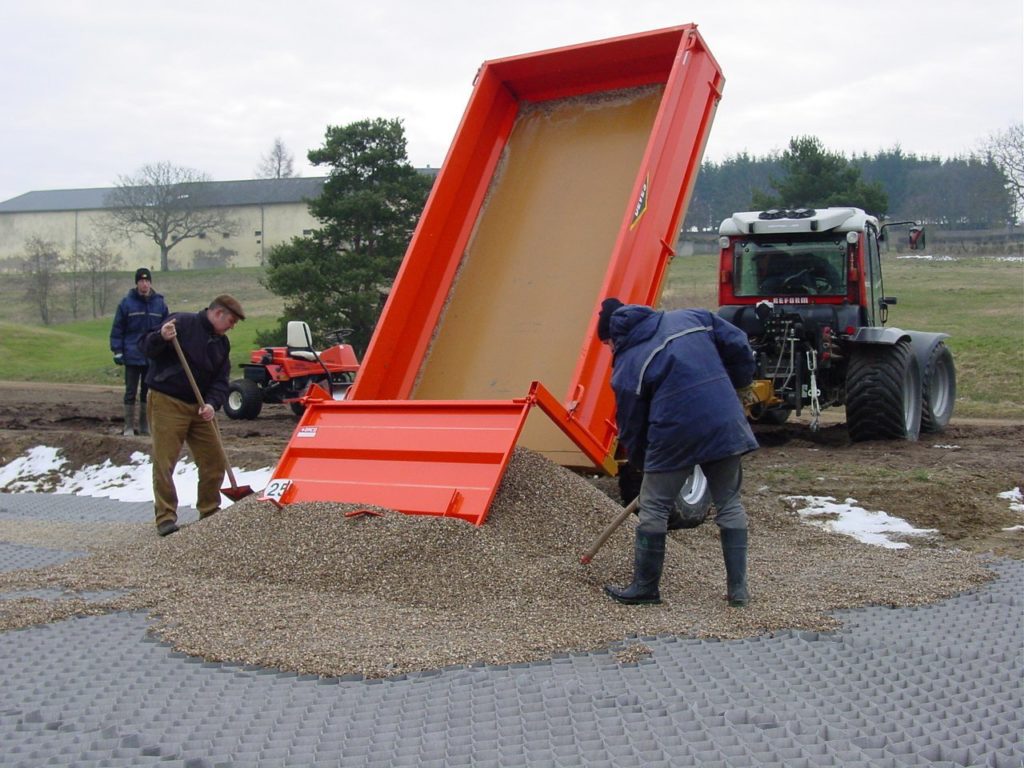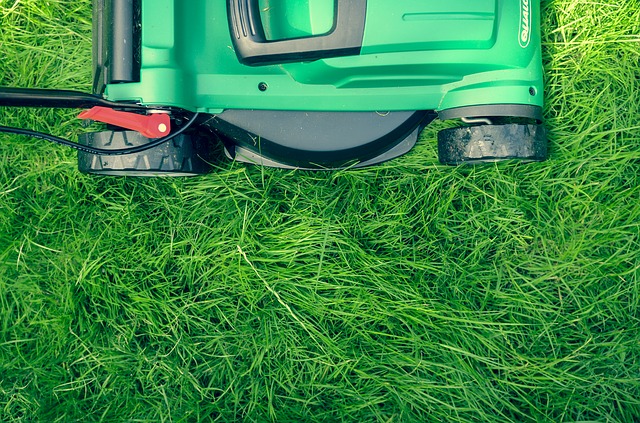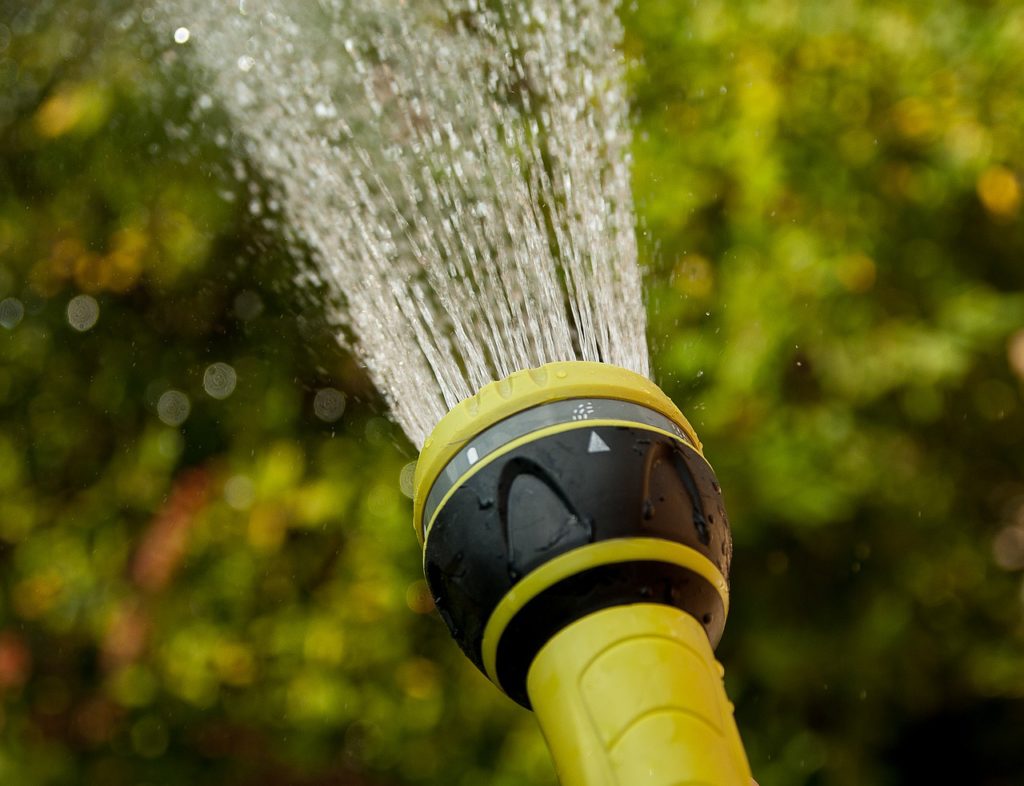
Even if your lawn already makes the neighbors green with envy, you are likely to face a few of the common lawn problems. Knowing how to handle them can mean the difference between working on your lawn and simply enjoying it. So here are the five most common and how to solve them:
Crabgrass
A vigorous, adaptable, and fast-growing weed, crabgrass thrives best in the laws that are under-fertilized and mowed too low. Besides being unpleasant to the eye, crabgrass also promotes soil erosion. Controlling crabgrass is not very hard, but timing is really crucial. Applying pre-emergence herbicides in late spring or summer is too late for them to do any good, instead, you’ll want to do it at the beginning of the spring season.
A natural alternative to chemical herbicide is applying corn gluten meal in early spring which can help contain the problem. This can be followed by a spring fertilizer. When the mowing season begins it is important not to mow too low and cut the grass too short, as this can open the door again for crabgrass.
Lack of Sunlight
Most lawn grasses do not like shade, even if they are the shade-tolerant variety. Pruning shade trees every three to four years is a good idea, but pruning too much or too often can damage the tree. You can replace the lawn beneath trees with bishop’s hat, sweet woodruff, or other shade-tolerant ground cover as the tree grows and creates more shade.
Compacted Soil
The soil beneath most lawns eventually becomes hard and compacted. Compacted soils have too many solid particles clustered together in a small volume or space which restricts the proper circulation of air, water, and nutrients in the soil.
Excess lawn thatch or heavy organic debris buried under the grass surface can also starve the roots from air, water, and other essential nutrients. Once soil is compacted, water and fertilizer can’t reach the lawn’s roots, weakening them and allowing weeds to grow.
The solution is aeration, a process that involves the perforation of the soil with small holes in order to allow air, water, and other nutrients to penetrate the grass roots
Grubs
These small beetle larvae live in the soil and feed on lawn roots. A few grubs are not a sign to worry about, but too many of them can cause irregularly shaped sections to wilt and die.
You can get Heterorhabditis Nematodes which are sold in a paste-like form, combine it with water and then apply it to the soil in spring or fall. After a couple of days, you can reseed or replant any of the damaged areas.
Bare Patches
Weeds love to grow in bare patches, so if you do not act quickly, they will start their growth. You should start by digging up the damaged section, and around 6 inches of the surrounding healthy lawn, about 2 inches deep. Then level the soil and add a small amount of soil amendment such as plant-based compost and starter fertilizer. The cool and wet weather in spring will help the grass to grow.
Start Shopping for Lawn Care Supplies!
The Best Places To Find Free Composting Materials
Many people are interested in composting but feel like they don’t have access to enough organic materials. Luckily there are a range of places you can find free composting materials to get started or make your current pile bigger. Here are some of the best and easiest...
4 Steps to Get Your Garden Ready for Spring
After being cooped up all winter, you may be dreaming about harvesting from a lush summer garden. But before you get there, there’s a lot of work to be done to get the garden ready. Spring garden prep can be intimidating, especially if your garden beds have been left...
What Not To Compost
Composting has many excellent benefits. It allows you to recycle organic material which can then be used to help to enhance your soil. And of course, it’s an environmentally friendly way to reduce trash. But before you get started you’ll need to know what not to...
How To Build A Vegetable Garden That Is Both Tasty And Attractive
A healthy vegetable garden can provide you with hours of stress-busting, mental health-boosting fun and give you and your family healthy, organic produce to eat for months. If you have even a few square feet of yard space, planting a vegetable garden is easy and...
Using Eggs Shells In The Compost
There are many food scraps that people use in their compost. However, there is one that is often overlooked. Using egg shells in compost is not just a great way to help reduce waste but also boosts the nutrient content of the soil you are creating for your plants....
Using Egg Shells In The Garden
Once you learn how you can use egg shells in the garden you won’t just think about eggs solely as food. Their shells are a free way to add to the health of your soil and plants, but they also have quite a few other helpful benefits as well. Here are the best ways to...
Using Orange Peels In The Garden
Oranges are a healthy snack and ingredient but you’re most likely wasting one of the most beneficial parts, the peel. While we can’t eat them, using orange peels in the garden has many surprising advantages. Here are the top ways you can put your peels to work....
Can You Compost Orange Peels?
If you’ve ever wondered, "can you compost orange peels?" the answer is yes. Although there are a few things you should know when doing so. So here’s your fast guide! Composting Basics When composting, you’ll need to include a mix of both carbon and nitrogen-rich...
Using Urine As Fertilizer
While urine is waste, it also contains nutrients that our bodies can’t use. But your garden can! Using urine as fertilizer is free and as organic as it gets! Here’s what you’ll need to know when thinking about using it. There have actually been multiple studies that...
The Urine-Compost Connection
Composting is all about re-using organic materials. And like the majority of us, you probably have been flushing away one of the most natural ways of all to condition your compost. By adding urine compost can be given a huge boost and that is passed on to whatever...
Using Banana Peels In Compost
Can you put banana peels in compost? You bet you can! While bananas offer us some extremely important nutritional benefits that help us to stay healthy, their peels can be used to add to the health of your compost pile as well. Bananas are one of the most popular...
Using Banana Peels In The Garden
Bananas are both delicious and healthy. And you may have wondered after finishing your morning shake or afternoon snack whether those peels you’ve been throwing away for years could be used for other things. What can you do with banana peels? It turns out quite a lot,...
Common Gardening Injuries And How to Avoid Them
While gardening isn’t necessarily the most dangerous pastime one can think of, injuries do occur. Recent data suggests that in the US alone, over 300,000 gardening injuries occur annually. So whether you are a seasoned gardener or are just beginning, it’s important to...
Just Moved? How To Safely Transport Your Plants Into Your New Garden
It can take years of planting and care to create a magnificent garden. That’s why the prospect of relocating or moving houses can induce anxiety in gardeners. Whether you plant ornamentals, or if you grow your own vegetables, having to start over can be a daunting...
Filling Those Window Boxes: Flower Species That Thrive With Container Gardening
Those traditional window boxes overflowing with flowers may remind you of summer cottages or childhood dreams. This particular feature is one that you want at your home all year-round. Container gardening for window boxes takes a certain flair for picking out the...
Why You’ll Want To Revamp Your Garden with Artificial Grass
Installing an artificial lawn is an easy and attractive way to improve and revamp your garden. This is because an artificial lawn is like a real lawn, only much better! Artificial grass has been developed to such a high-quality standard that it looks and feels as...
The Best Grass Types For Creating A Drought Tolerant Lawn
Many of us live in dry and arid places. There are many locations around the world that unfortunately for your lawn don’t get much rain throughout the year. For people who live in these places, a green, healthy-looking lawn can seem impossible to have and maintain....
Garden Drainage: How to Avoid a Waterlogged Garden & Patio
Many locations around the world get a lot of rain. With an average of 33 inches of rain per year, this is especially true in the U.K. where it is rare for a day to pass that it is not raining somewhere. Regardless of where you live this can lead to problems with...
Easy Lawn Care? Experts Say It’s Possible With These Tips!
There's no way around it: If you want a lush lawn, you have to work for it. That entails putting in a lot of time, effort, and yes, money. And even if you are hiring experts in lawn care, you will still need to shoulder some of the responsibilities involved. That does...
Water-Wise Landscaping: Avoid Cultivating These Types Of Plants
Water is one of the primary needs of all plants. They need to receive the right amount of hydration to grow and thrive properly. You can ensure your plants get the hydration they need by watering them regularly using a garden hose or watering can, or by having a...




